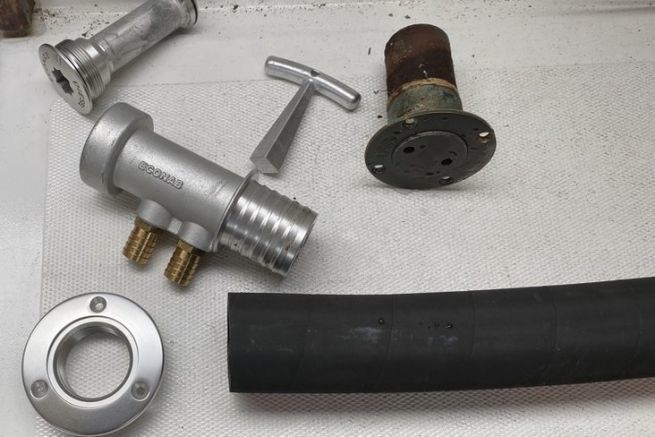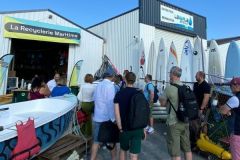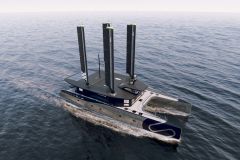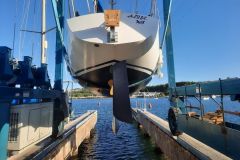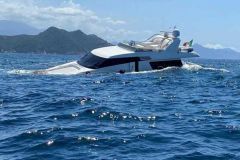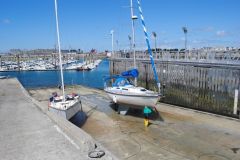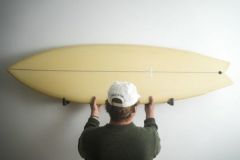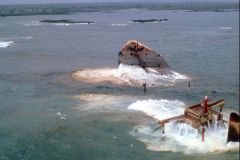The port master's big eyes while refueling
To avoid condensation problems in the fuel tank in order to avoid the formation of mud, it is strongly recommended to fill up the tank at the end of the summer. Thus the volume of air remaining is very reduced and the thermal exchanges are almost non-existent.
That's why, before wintering my Amerglass afloat in Toulouse, I went to fill up at the pump in Port Saint-Sauveur. I have a single tank on this boat with an overflow that is right next to the filler pipe, on the port side of the boat.
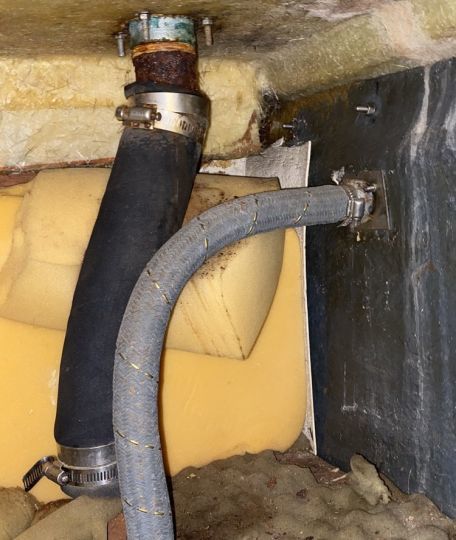
I might as well say it right away, I had the right to some justified remonstrances from the janitor of the place when the tank was full, at the moment when the filling gun was defused, a spurt of diesel came to stain the waters of the Canal du Midi. Of course, the volume of diesel that was spilled into the canal at that moment should not exceed that of a glass bottom, but it is still one pollution too many!
The solution exists!
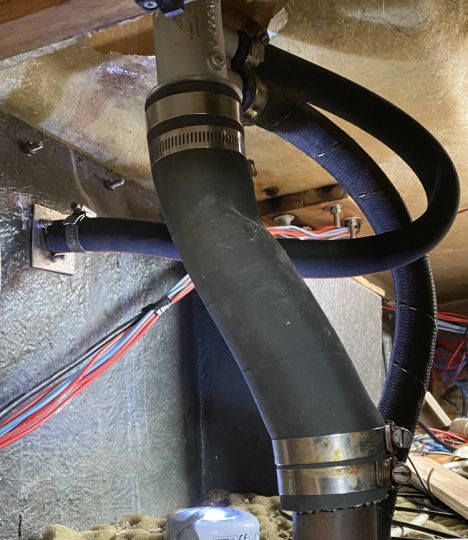
This situation made me wonder why, when I fill up my car, I don't see it spitting out a squirt when the tank is full This solution adapted to cars also exists for boats. It is called Econab. This company manufactures and distributes an anti-spill hose for boats.
100% French
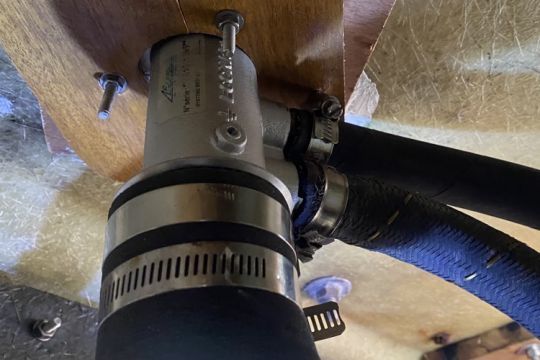
Made in France in the Oise (60), Econab offers to replace your hose on your boat. But instead of connecting the air intake to the outside of the hull, it diverts it into the filler pipe. So, when you fill the tank, the pump gun cuts off and the fuel spurt that inevitably comes up through the air intake is directly spit back into the tank. Simple, isn't it?
The air intake function, which is essential for the tank to empty progressively and correctly, is provided by a second hose, connected a little higher than the first.
Simple installation even in a refit
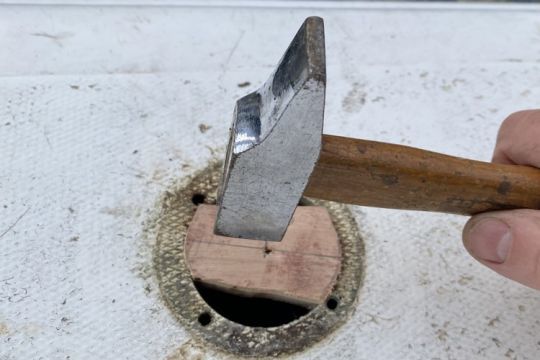
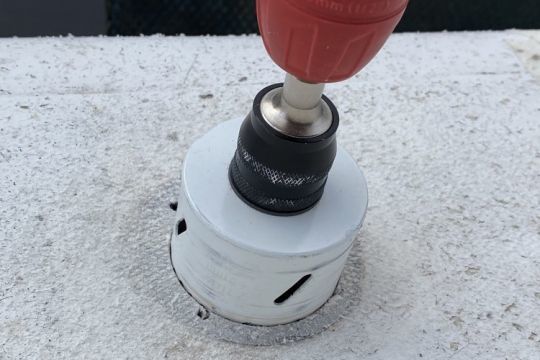
The installation is simple, as it is enough to replace the old hose with an Econab, and to reconnect the diesel hose. The existing air intake from the tank is then connected to the bottom connector and a new hose is created to connect the second air intake, to the outside, to the top hose.
This is what I did on my 1973 Amerglass. After enlarging the hole in the deck using a trick explained by Econab to successfully guide its hole saw, I screwed the Econab onto the deck. The difficulty was to constrain the diesel hose (a 50 mm diameter reinforced hose with very little flexibility). But once in place, the connections of the 2 air intake hoses went well (19 mm hoses). A few clamps later, the deal is done.
The smile at the pump

Now it remains to test the system (already largely tested elsewhere) at the time of a next full tank of diesel, with I hope the smile of the harbour master when she will see that no surplus of fuel will escape from my boateuros
The Econab is available by ordering it directly from the manufacturer at the public price of 279.00 euros TTC. Please note that the diameter of the filling pipe (38 or 50 mm) and the diameter of the vent (16 or 19 mm) must be specified when ordering.

